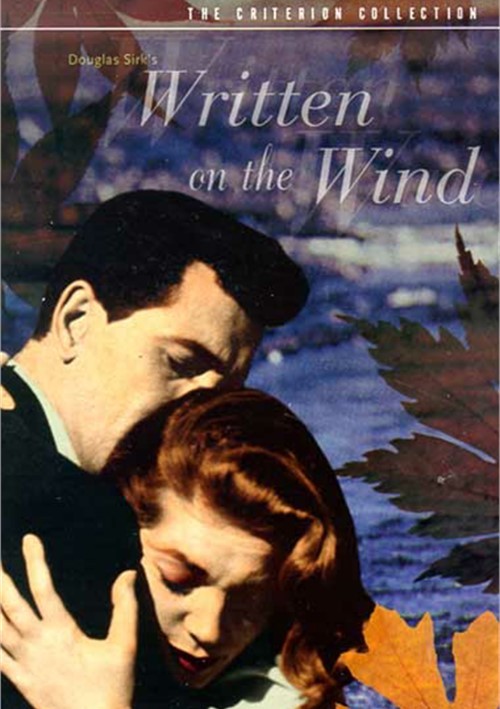
A nominee for Best Supporting Actress, for her role as Mammy, she was apparently the first black actor ever to compete for an Oscar.

Late in the afternoon of that day Hattie McDaniel was dressing for the Academy Awards banquet. One persisted, though, and reasserted itself on February 29, 1940. David Selznick met-and solved-most of them. From the adaptation of the novel and the casting of Scarlett O'Hara to the heated negotiations with censors over small and not-so-small matters in the film, Selznick International faced one problem after another. Gone With The Wind had not gone easily to the screen. The motion picture, which opened sixty years ago this month, remains a testament to the Technicolor glory of the Hollywood studio system. The book, a commercial and cultural phenomenon, sold a million copies during its first month in print.


Selznick bought Gone With the Wind for $50,000. Opinion at Selznick International Pictures was divided: the story editor on the West Coast called the book "ponderous trash" the story editor on the East Coast called it "absolutely magnificent." In the event, David O. It had "precious little obscenity in it," she later told one correspondent, "no adultery and not a single degenerate, and I couldn't imagine a publisher being silly enough to buy it." Macmillan acquired the novel, however, and months before its publication, in 1936, the work was under consideration all over Hollywood. Throughout the late 1920s and early 1930s Margaret Mitchell, an Atlanta newspaperwoman, was writing a Civil War epic that she assumed no one would ever read.


 0 kommentar(er)
0 kommentar(er)
